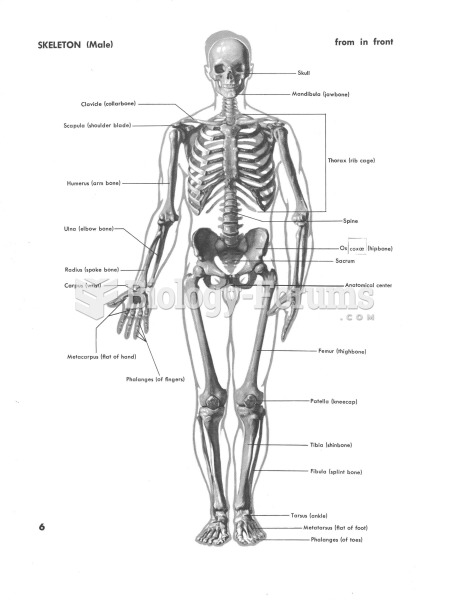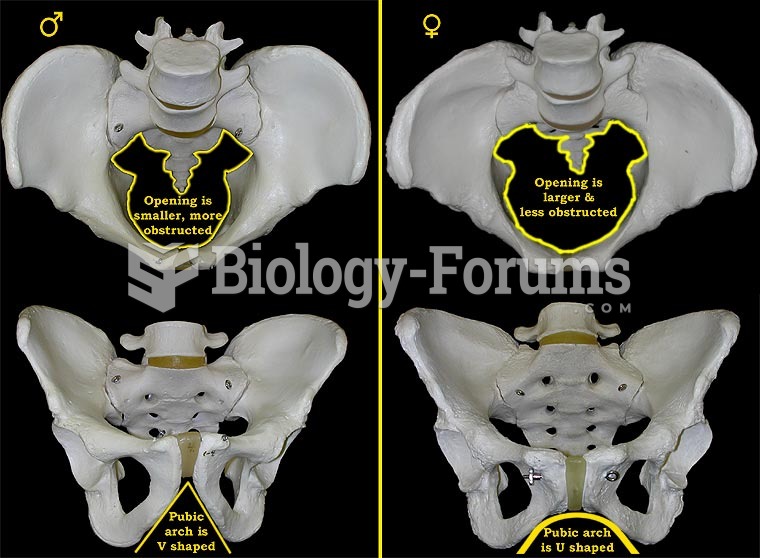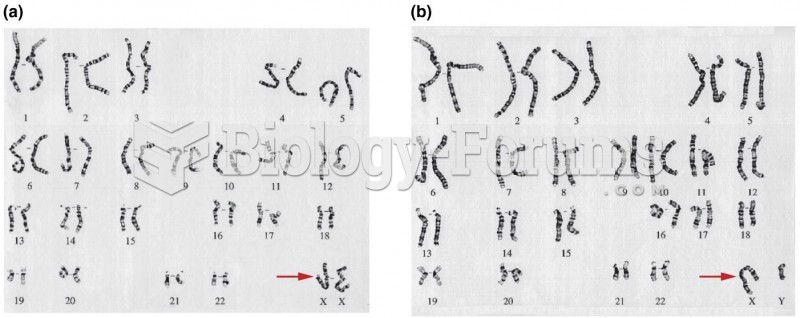Answer to Question 1
Correct Answer: 2, 3, 4
Gynecomastia is a temporary condition of breast enlargement in males. It is most commonly seen in infants, at puberty, and in older males. In older males it may accompany hormonal treatment for prostate cancer. Cancer of the breast in males typically manifests as a hard nodule fixed to the nipple and underlying tissue, and nipple discharge may be present. Gynecomastia is not associated with infection of the breast.
Answer to Question 2
Correct Answer: 2
Fluctuating hormone levels around the time of your period frequently causes these symptoms. I will note this in your chart and notify your primary care provider is the best response since these are typical symptoms associated with the fluctuation of hormone levels during menses, but should still be reported. Nodularity is a benign condition, but the client does not mention any nodules being present. Stating As long as you have not detected any lumps you have nothing to worry about, may lead the client to feel that complaints are not justified unless lumps are present. Fibrocystic breast disease is seen with fluctuation of hormone levels with menses but typically has several other symptoms in addition to breast pain, including bilateral masses upon palpation that feel soft, well demarcated, and freely movable, and clear, straw colored, milky, or green discharge from the nipples.






